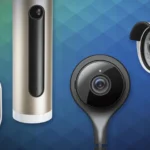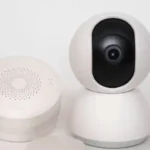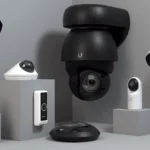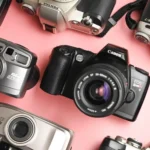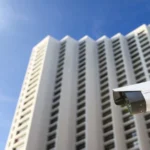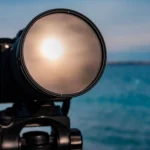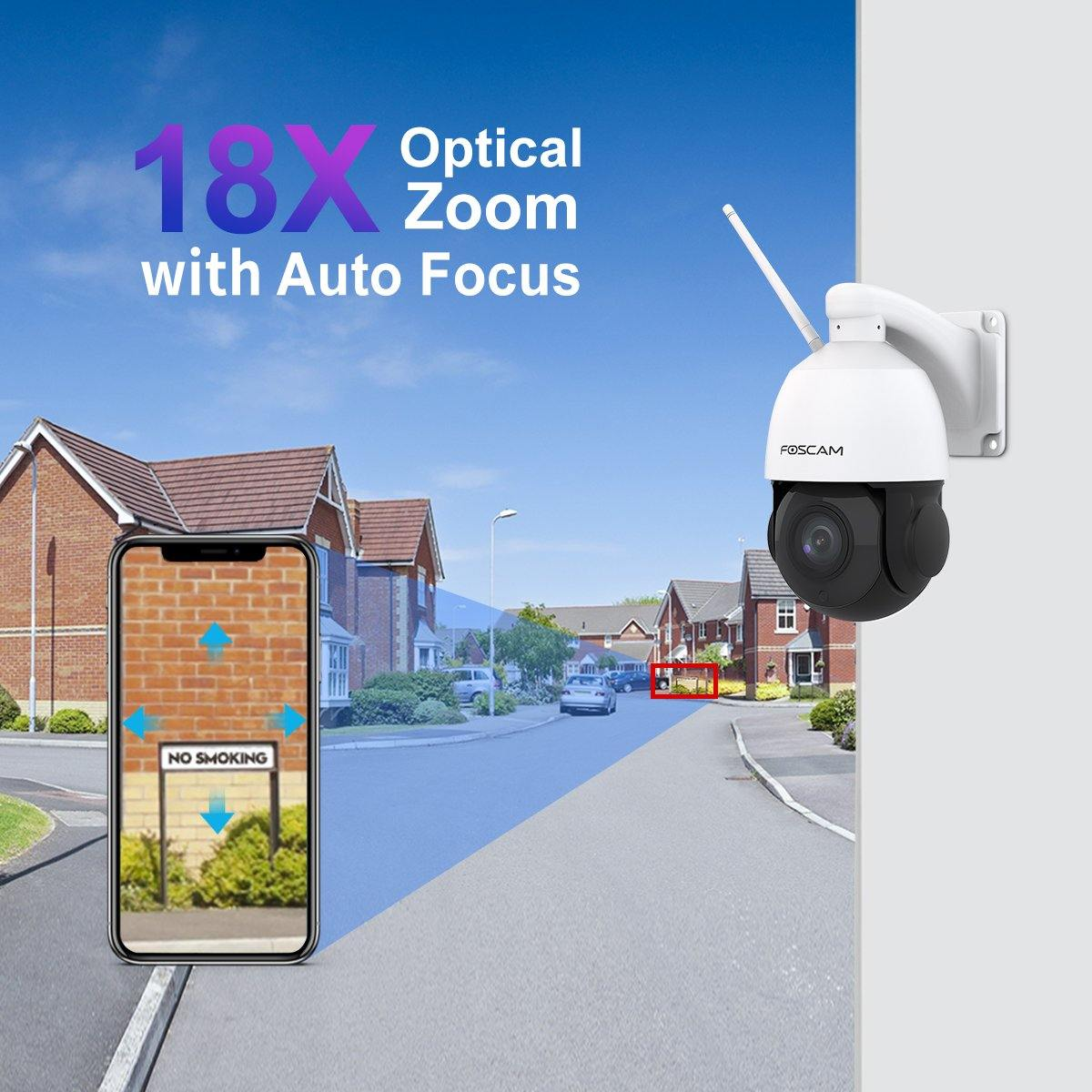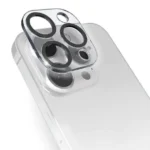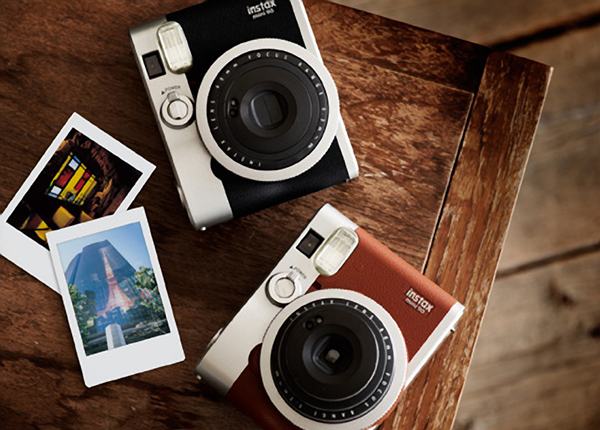Lack of home security systems increases the risk of thefts by at least three times. Modern security systems are equipped with fire alarms, panic buttons, security cameras and many more. They can give you the coveted peace of mind and save you from having your worst nightmare. Common types of surveillance cameras range from bullet security cameras to infrared cameras. However, the effectiveness of these surveillance devices is closely linked to the locations where they are parked. Here are a few tips to help you decide such locations.
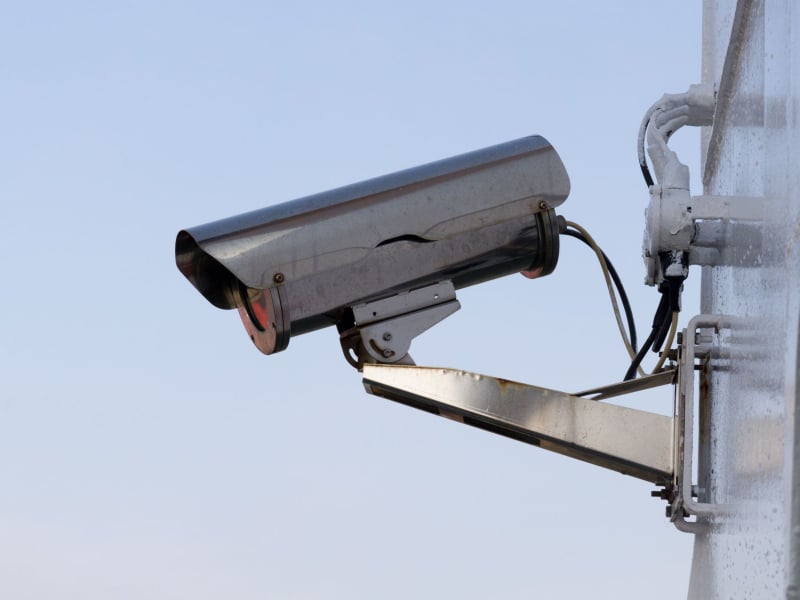
What to Consider?
There are various factors to consider before zeroing in on an ideal placement location. Some of these can be:
- What are the most vulnerable places in the house?
- What are the appropriate camera specifications?
- Is there consistent ambient lighting for the cameras?
To ensure the quality of the footage captured by security cameras, you should conduct a visual inspection to detect possible obstruction of view and place them in well-lit places. Otherwise, buying a camera with night vision capability can be useful. You should also check if the focus is disturbed due to the strong glare of the sun. Further, you need to ensure that the camera is kept at a place which can’t be easily tampered. You can play a small trick with the burglars by placing dummy cameras and hiding the original ones at a place that can’t be easily seen.
Where to place?
In a home security system, placing a fire alarm or a panic button may not be that thought-provoking. However, you should consider certain locations to place your security camera. The following are some of the recommended spots according to home security experts.
- Front Door
- Off-Street Windows
- Backyard
- Basement Stairs
More than one-third of the break-ins occur through the front door. So, you need a camera to focus on your front door entrance. In order to prevent the burglar to tamper with the system, you can place it at a significant height, say in the second floor. Since it is likely to be an outdoor camera, you should buy a weatherproof one to protect it from dust, rain and snow. Off-street windows are vulnerable to break-ins as there is less chance to be caught in the public view. Using a wide-angle camera in such locations is an ideal solution. A backyard is a place where your kid may leave his bicycle mindlessly or you may leave your lawnmower and other garden equipment. These are petty little things but still attract intrusion. So, you can arm your backyard with night vision cameras and motion sensor flood light to enable the cameras to capture images with enhanced quality. You should ensure that they have high optical zoom features.
Common Mistakes To Avoid
The proper functioning of your cameras is crucial to the security of your property. However, you shouldn’t commit the following mistakes.
- Don’t place cameras at the corners as the coverage area gets limited.
- Don’t use cameras without wide dynamic range (WDR) at doorways. In CCTV/IP cameras not equipped with WDR, while capturing sequences in which some regions are overexposed and some regions are underexposed, the darker regions of the video captured lack significant detailing.
- Don’t install cameras in too high positions as the persons in the video may not be identified due to the lack of clarity.
- Don’t forget to check the privacy law in your locality and consider using security cameras only if it’s legal.
Some of the security cameras are equipped with features like cloud storage of video footage and sending activity alerts on your smartphone. Although upgrading your camera is crucial to your home security and its maintenance, finding an ideal location to park it requires careful thought and calibration.

I’m Kelly Hood! I blog about tech, how to use it, and what you should know. I love spending time with my family and sharing stories of the day with them.

